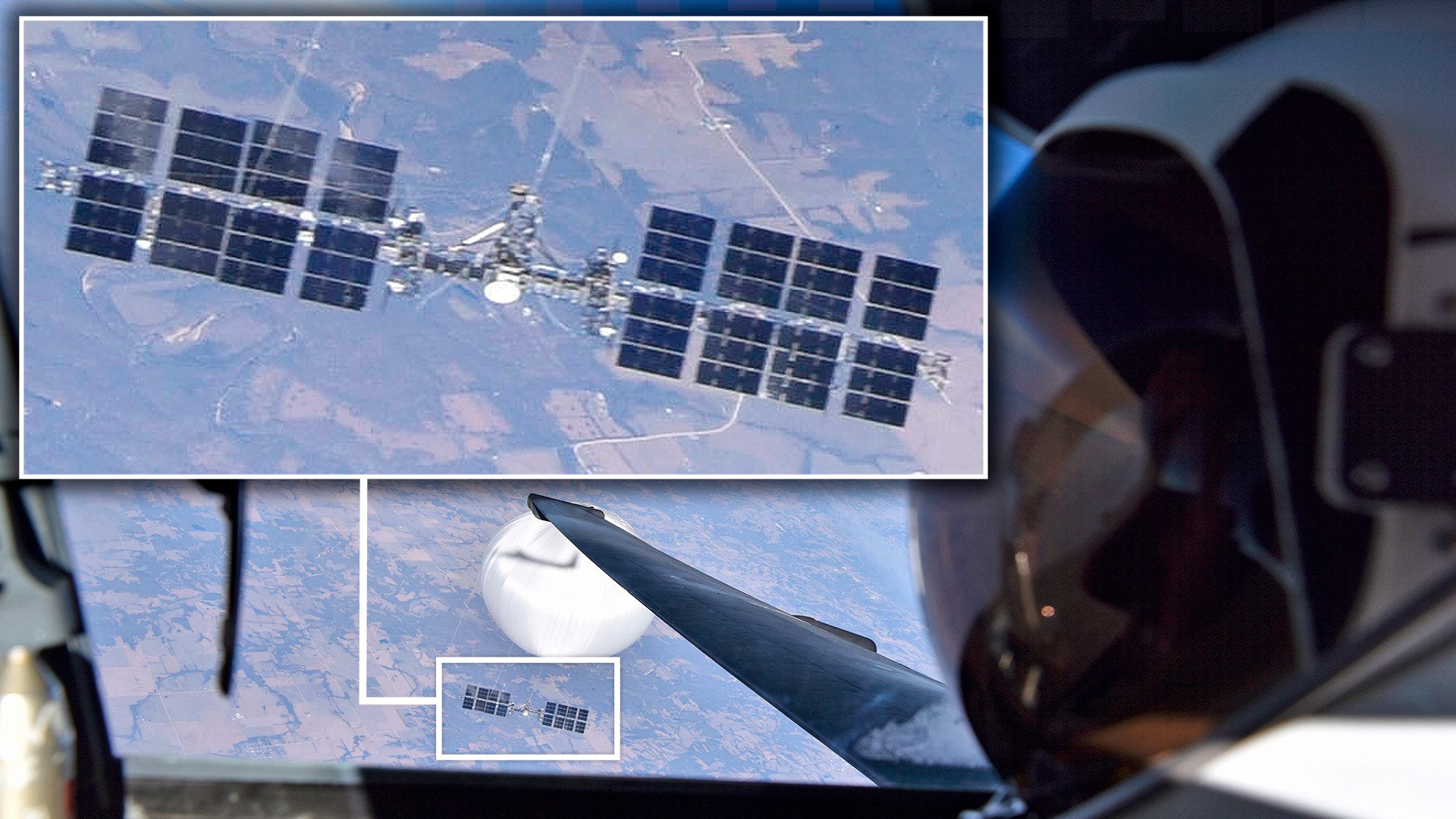The Pentagon has now confirmed the authenticity of a picture taken from a U-2S Dragon Lady spy plane of the Chinese surveillance balloon that passed over parts of the United States and Canada earlier this month before being shot down. The U.S. military subsequently released a high-resolution copy of the image that gives us the best look to date at the balloon and the massive payload apparatus suspended below it.
At a press conference earlier today, Deputy Pentagon spokesperson Sabrina Singh told reporters the picture was legitimate and that an official release would be coming. Chris Pocock, who runs the website Dragon Lady Today, and is a long-time aviation journalist, author, and expert on the U-2, posted a lower-resolution copy of the picture online yesterday. The War Zone was the first to report that at least two U-2Ss had been used to monitor the balloon and gather intelligence about it.
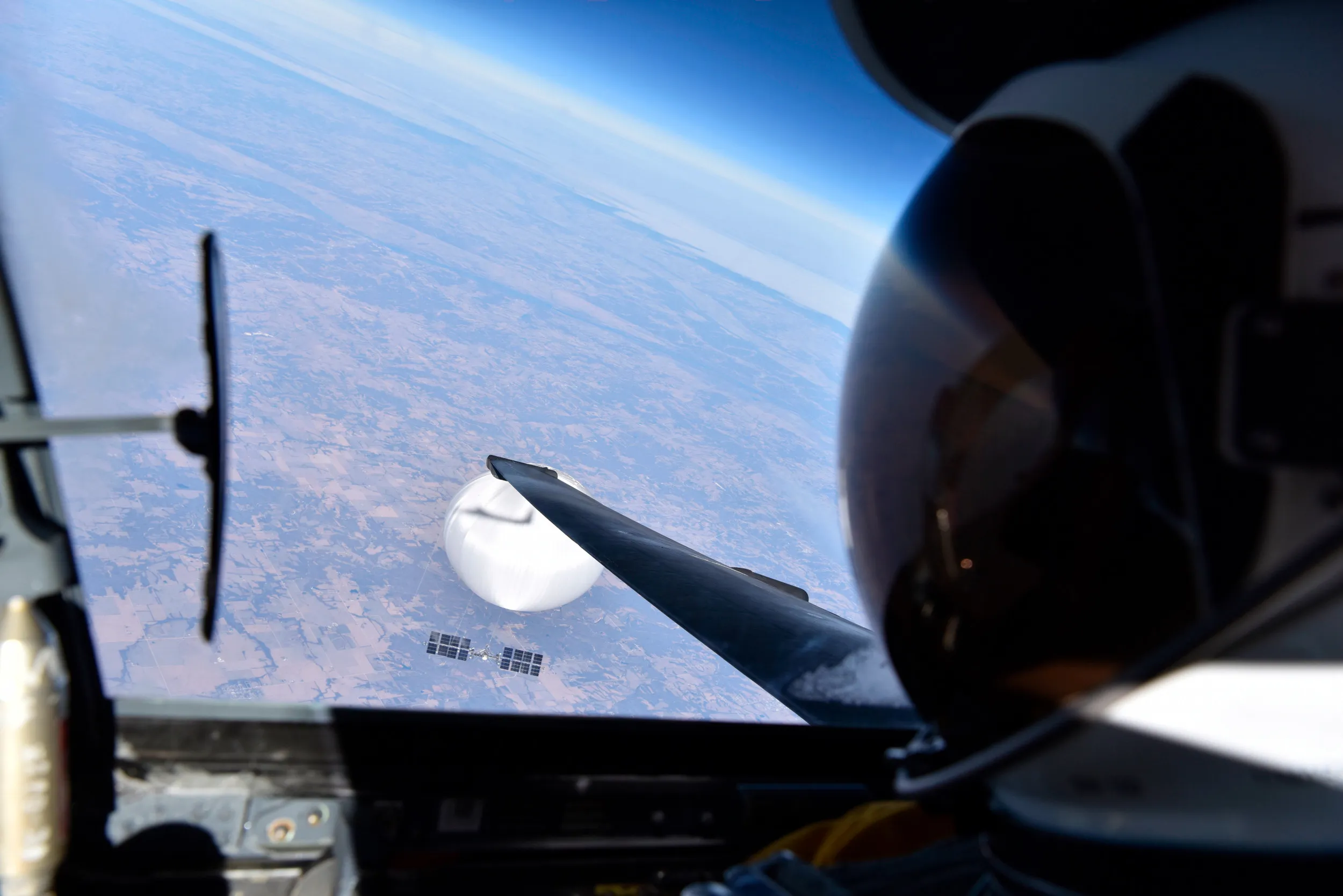
The high-resolution image offers a much better look at the balloon’s payload, which consists of a center section flanked by two arrays of solar panels. U.S. officials had said previously that the entire assembly likely weighed two thousand pounds or more.
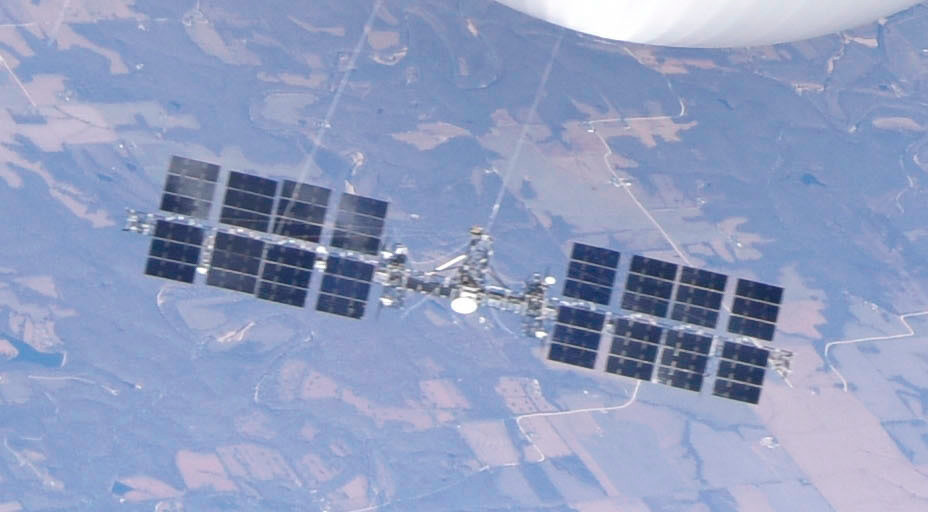
A closer look at the center section reveals additional notable details, including a relatively large white dish or platter-type antenna in the center. U.S. officials previously said that the balloon’s payload had multiple antennas that could be capable of gathering various types of signals intelligence.
In addition, there are four symmetrically positioned white fixtures, which appear to be propeller hubs with propellers attached. The Pentagon previously confirmed that the balloon had the ability to maneuver, but had provided no details. Existing images taken from the ground had not clearly shown active propulsion features. The need to power four electric motors, as well as various other surveillance and communications systems, would help explain the need for the very large solar steerable arrays.

A separate, but very similar balloon that passed over parts of Japan in 2020 had very visible propellers in similar positions, as can be seen in the video below. Authorities in that country now believe that balloon, as well as two others that were spotted in the country’s airspace between 2019 and 2021, were likely part of a broader Chinese high-altitude balloon surveillance program that has been in operation for years now. In the past few years, Chinese spy balloons have also reportedly passed over other portions of the United States, as well as various other countries around the world.

The high-resolution image of the balloon offers a clearer look at the shadow cast by the U-2S, as well. The leaked copy of the picture had prompted a question about whether at least one of the Dragon Lady aircraft used to monitor and glean intelligence about the balloon was in fact a two-seat TU-2S trainer. After closely examining this high-resolution image, the position of the aircraft’s right wing could explain this shadow, which was a possibility before, but seems more likely now. It also looks as if it was taken from the front cockpit of either U-2 variant. The War Zone is still working to get a definitive answer on the matter from the U.S. military.
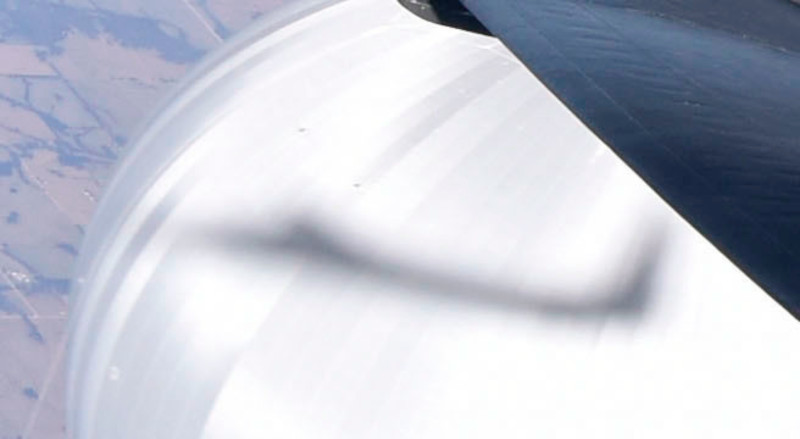
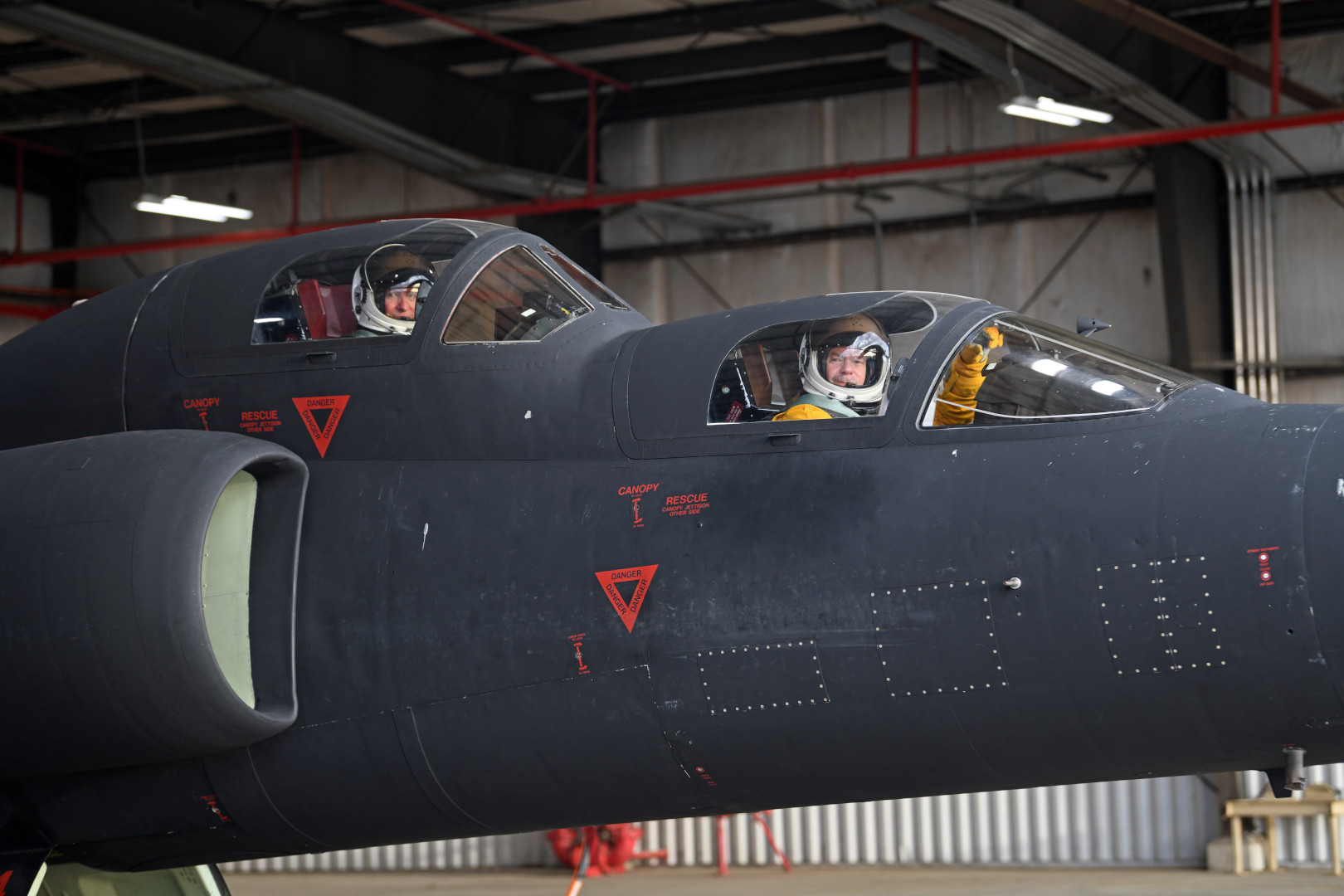
As The War Zone has noted before, this relatively close-up, top-down view of the balloon and its payload already highlights the reasons why high-flying U-2Ss were tasked with this mission, to begin with. You can read more about the unique capabilities that the Dragon Lady offered in this instance in detail in our past reporting.
Altogether, the detail visible in this picture is remarkable for just a selfie taken with a wide-angle camera. The U-2S pilots should have been able to collect far better imagery with more capable cameras with telephoto lenses, as well as potentially the aircraft’s very powerful electro-optical suite. The planes could have been able to collect valuable signals intelligence on the balloon, as well — that is if it was radiating any electromagnetic emissions at all.
The Pentagon’s ability to so quickly release a higher-resolution copy of this picture after it had leaked online underscores entirely separate issues that have emerged about the U.S. government’s transparency and overall messaging regarding this incident. Other questions remain about the response to this balloon, as well as to three other objects that were subsequently shot down in different areas within U.S. and Canadian airspace, which The War Zone has already explored in depth. Those latter three objects remain unidentified, and may well never be conclusively identified for various reasons. The searches for any physical remains from those shootdowns have been called off and the U.S. government’s official stance is that they were very likely benign.
Regardless, the Chinese spy balloon does represent an adversarial capability and reflects broader worrying trends that The War Zone has been calling attention to for years now. American authorities are now picking over the remains of the balloon and more information about it and its capabilities. It is possible that the findings on China’s high-altitude surveillance efforts may well be released in the future.
The high-resolution image of the Chinese spy balloon we now have has already given important additional insights into its design and just what it might have been capable of.
The War Zone is continuing to analyze the details that are visible in the picture in greater depth. We will update this story with any additional insights or other information that may become available.
UPDATE: 7:40 P.M. EST:
Open-source intelligence enthusiasts on Twitter have been working to try to geolocate the image. There are indications that it may have been taken above the state of Missouri to the west of the city of St. Louis. This would align with the path that the balloon is known to have followed as it crossed over the midwestern United States.
Observers have also pointed out that the U-2S’s shadow on the balloon’s envelope helps provide a good sense of its overall size. Using a length of 65 feet for the U-2S, this would indicate the diameter of the balloon is approximately 130 feet, according to Chris Combs, the Dee Howard Endowed Assistant Professor at the College of Engineering at the University of Texas at San Antonio. He further noted that the size of the payload seemed to align with previous reports that U.S. officials had described it as being as long as between “two to three school buses.”
As an interesting aside, Dan Bowen, a stratospheric balloon expert, says that U-2s were previously known to check out balloons belonging to Loon, a now-defunct subsidiary of Google parent company Alphabet. Loon’s primary focus was on using high-altitude balloons to provide internet service to remote areas.
Contact the author: joe@thedrive.com
